
Koenig & Bauer Recognised for Exceptional Contribution to t…
On March 11, 1850 – exactly 175 years ago – the Hemmer, Hamm & Co. bell foundry and machine shop opened in Frankenthal. Besides bells, it also made printing presses, which laid the foundations for the company now called Heidelberger Druckmaschinen AG (HEIDELBERG). Precision, quality, and innovation were the success factors that transformed HEIDELBERG from a workshop based in the Palatinate region of Germany to a global player in the printing industry. "A company that can sustain its success over such a long period, become a world leader in its industry, and continue to shape the entire sector right up to the present day has strong credentials that are testament to its innovative capabilities. The defining feature of HEIDELBERG is the company's understanding of markets, customers, and exceptional product quality," says Jürgen Otto, CEO of HEIDELBERG. "We also intend to maintain and build on this leading position in the future," he adds.
HEIDELBERG heads into the future with a strategy for growth
To achieve this, HEIDELBERG is tapping into growth potential in its traditional core business – from packaging and digital printing to software and lifecycle products.
Recently, for example, the company has significantly expanded its portfolio in the growth market of industrial digital printing, including service and consumables. Global incoming orders confirm that sales of digital printing solutions will already start increasing substantially from the coming financial year. According to market assessments, the global digital printing market that is accessible to HEIDELBERG will grow from its current level of around 5 billion euros to 7.5 billion euros in 2029.
As for lifecycle business, HEIDELBERG boasts the industry's most comprehensive service network, with a presence in approximately 170 countries.
Packaging printing enjoying strong growth worldwide
The end-customer market for packaging has grown by more than 60 percent over the past ten years. HEIDELBERG, too, is benefiting from this development. The packaging segment accounts for more than 50 percent of the company's sales, a figure that is set to increase further still. One market driver is the global trend toward replacing plastics, films, and foils with recyclable fiber-based packaging.
Hybrid print production boosts competitiveness
Autonomous printing processes that make printing businesses more efficient and save on resources used to be regarded as a futuristic vision, but that changed some time ago. HEIDELBERG introduced its Push to Stop concept for a printing process with minimal operator intervention back in 2016. The AI-assisted Prinect Touch Free workflow showcased at drupa 2024 assigns print jobs to the most efficient production method and output system on an automated basis. Besides offset and digital systems from
HEIDELBERG and third-party suppliers, it also covers postpress operations, all the way through to the finished final product. Controlling hybrid print production in this way makes print shops much more competitive.
Growth in industrial business and with green technologies
"In addition to this, we will be further expanding our portfolio for industrial business and the growing green technologies market. This includes key sectors such as high-precision mechanical engineering, the automotive industry, charging infrastructure, software, and new hydrogen technologies," reveals Otto. Taking into account all strategic initiatives in the period to financial year 2028/2029, and in conjunction with enhanced performance and efficiency at both staff and organizational levels, HEIDELBERG sees overall growth potential amounting to over 300 million euros. "The achievements of HEIDELBERG over the past 175 years are impressive. We have every reason to be confident that our current market position, the expertise of our staff, and our global customer relationships will deliver further growth in the coming years," emphasizes Otto.
2025 is all about the company's anniversary
HEIDELBERG will be organizing numerous events to celebrate its anniversary year with customers, partners, politicians, and representatives of civil society. The highlight will be a week of celebrations in June, including an international ceremony at the company's largest production site, in Wiesloch-Walldorf. The HEIDELBERG customer demonstration center has been redesigned as the "Home of Print" for this purpose.
The company is organizing family days for staff at various sites. HEIDELBERG is also publishing an anniversary magazine providing insights into the company's past, present, and future. "The loyalty of HEIDELBERG customers, partners, and staff is a mainstay of the company's success. The numerous anniversary activities throughout the year are our way of saying thank you to everyone. At the same time, we want to encourage a shared commitment to shaping the future," says Dr. David Schmedding, Chief Technology & Sales Officer at HEIDELBERG.
Milestones in the history of HEIDELBERG:
1850: The Hemmer, Hamm & Co. bell foundry and machine shop opens in Frankenthal on March 11, laying the foundations for the company now called Heidelberger Druckmaschinen AG.
1921: The first Heidelberger Tiegel is built. From 1926 onward, this automatic letterpress platen press was produced on an assembly line.
By 1985, the company had manufactured over 160,000 of these presses.
1926: Hubert H.A. Sternberg is appointed to the board of Schnellpressen-fabrik Heidelberg AG, as the company is known at the time. He remained a board member until 1972 and really made his mark on HEIDELBERG. Sternberg modernized production and marketing operations and ensured the company's growth. In 1949, he organized the first German export exhibition in the USA after the Second World War. In 1951, he then helped initiate drupa, the sector's leading global trade show to this day.
1930: The demonstration vehicles set off. One of Sternberg's marketing ideas was to demonstrate HEIDELBERG presses to potential customers at their premises. This involved assembling them on trucks or installing them in buses and sending them to target markets around the world, accompanied by engineers. Advertising campaigns and installment-based payment plans also contributed to the success of the company's marketing.
1951: drupa proves a big hit with the public. The International Printing and Paper Exhibition, now known as drupa, attracted 300,000 visitors in its first year. HEIDELBERG presented an enhanced version of its successful Tiegel model. To protect against copycats, all the company's presses had a manufacturer's plate bearing the "Original Heidelberg" trademark.
1957: HEIDELBERG creates space to grow. Further expansion within the city of Heidelberg was impossible, but thanks to Sternberg's strong commitment, the company was able to open what is still its largest production site, in Wiesloch, after a construction period of just one year.
1962: HEIDELBERG moves into the up-and-coming offset market with its small offset rotation press (in German: Kleine Offset Rotation, or KOR for short). In 1965, this was followed by the Rotaspeed, a larger sheetfed offset press. Then, in 1972, a large platen offset press (in German: Grosse Tiegel Offset, or GTO for short) was launched and proved a successful model for years to come.
1975: A name that says it all! The Speedmaster sheetfed offset press for multicolor printing revolutionized the market with its productivity. Operating at 11,000 sheets per hour, it became a bestseller and is, to this day, a cornerstone of the HEIDELBERG portfolio in the company's traditional core business.
1999: HEIDELBERG acquires a 30 percent shareholding in the Swiss press manufacturer Gallus, a market leader in label printing, before taking over the company completely in 2014.
2000: HEIDELBERG transforms itself into a solution provider, expanding its prepress and postpress portfolios through targeted acquisitions. Prinect software ushered in the era of digitalization by networking the various machines in the workflow.
2004: HEIDELBERG takes a further key step toward digitalization, connecting a press to the Internet for the first time.
2005: The Chinese production site in the Qingpu district of Shanghai opens. Now a cornerstone of the company's production network, it is becoming increasingly important.
2016: At drupa, HEIDELBERG introduces the Push to Stop concept, which only requires operator intervention if a problem occurs – the next logical step toward autonomous printing.
2018: Wallbox production starts in Wiesloch-Walldorf. The company subsequently founded a subsidiary called Amperfied that successfully tapped into a new area of business – the electromobility market.
2020: The company moves into robotics, with industrial robots driving the automation of the printing process, including postpress operations. This automation will also extend to other areas in the future.
2024: The new Jetfire 50 digital press developed in cooperation with Canon is unveiled at drupa 2024, offering industrial productivity in the growth area of digital printing.
2025: The company celebrates 175 years of HEIDELBERG and opens its redesigned customer demonstration center, now called the Home of Print, in Wiesloch-Walldorf. A clear growth strategy will take the company into the future.































































































































































































































































































.jpg)




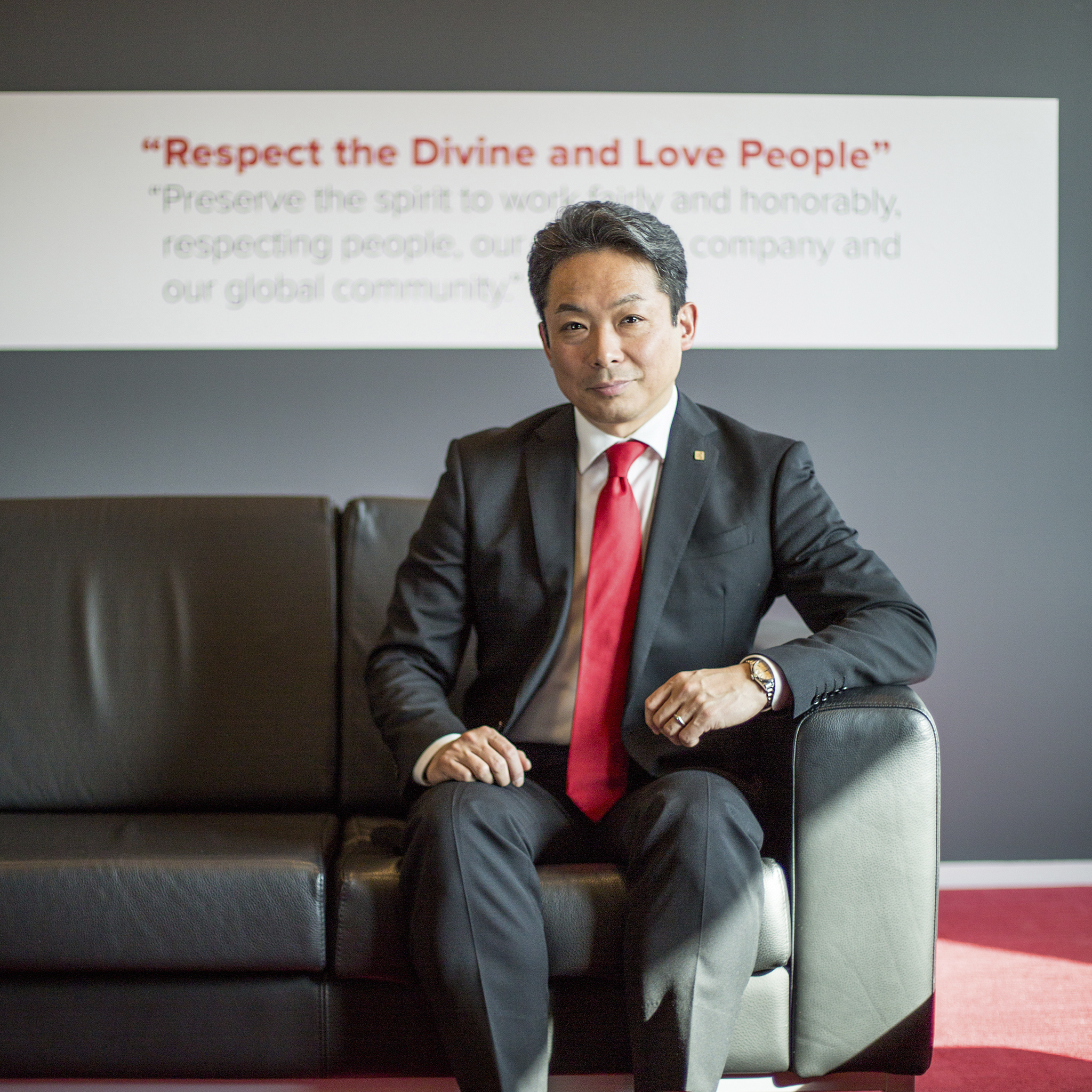








































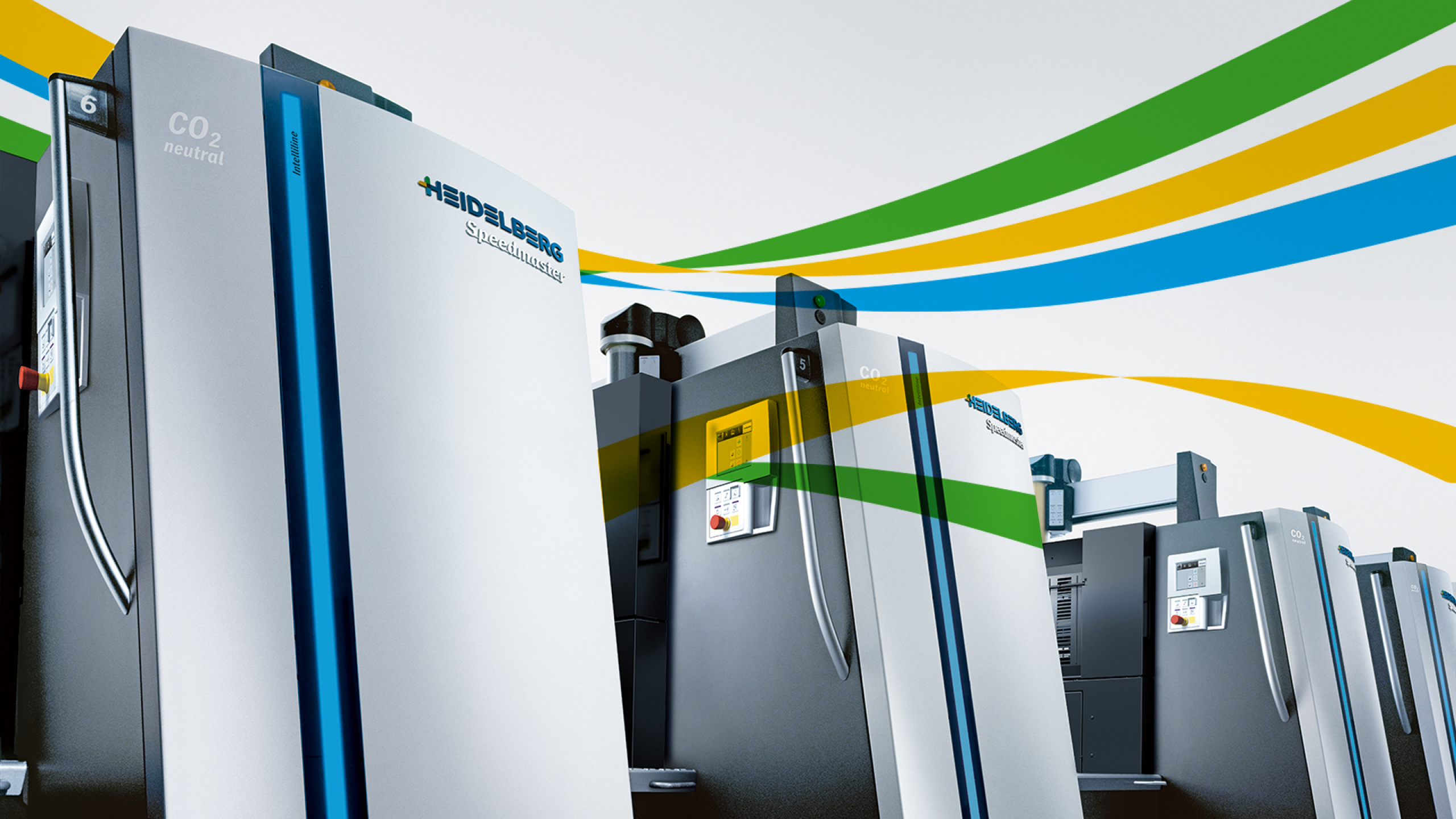

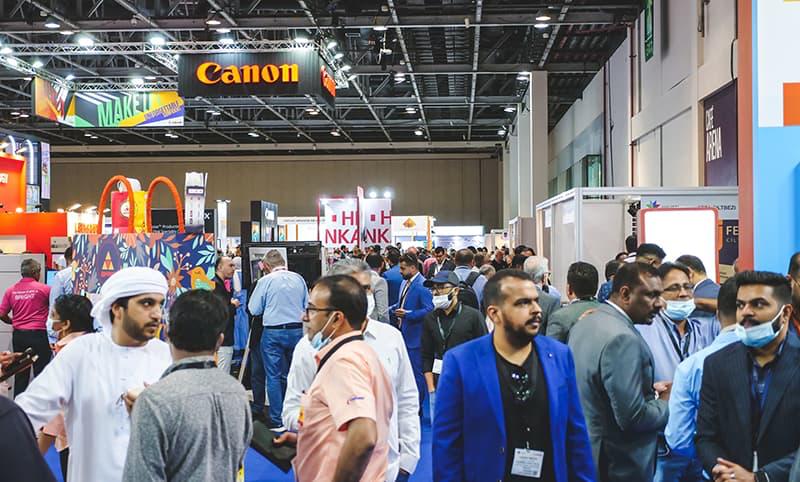
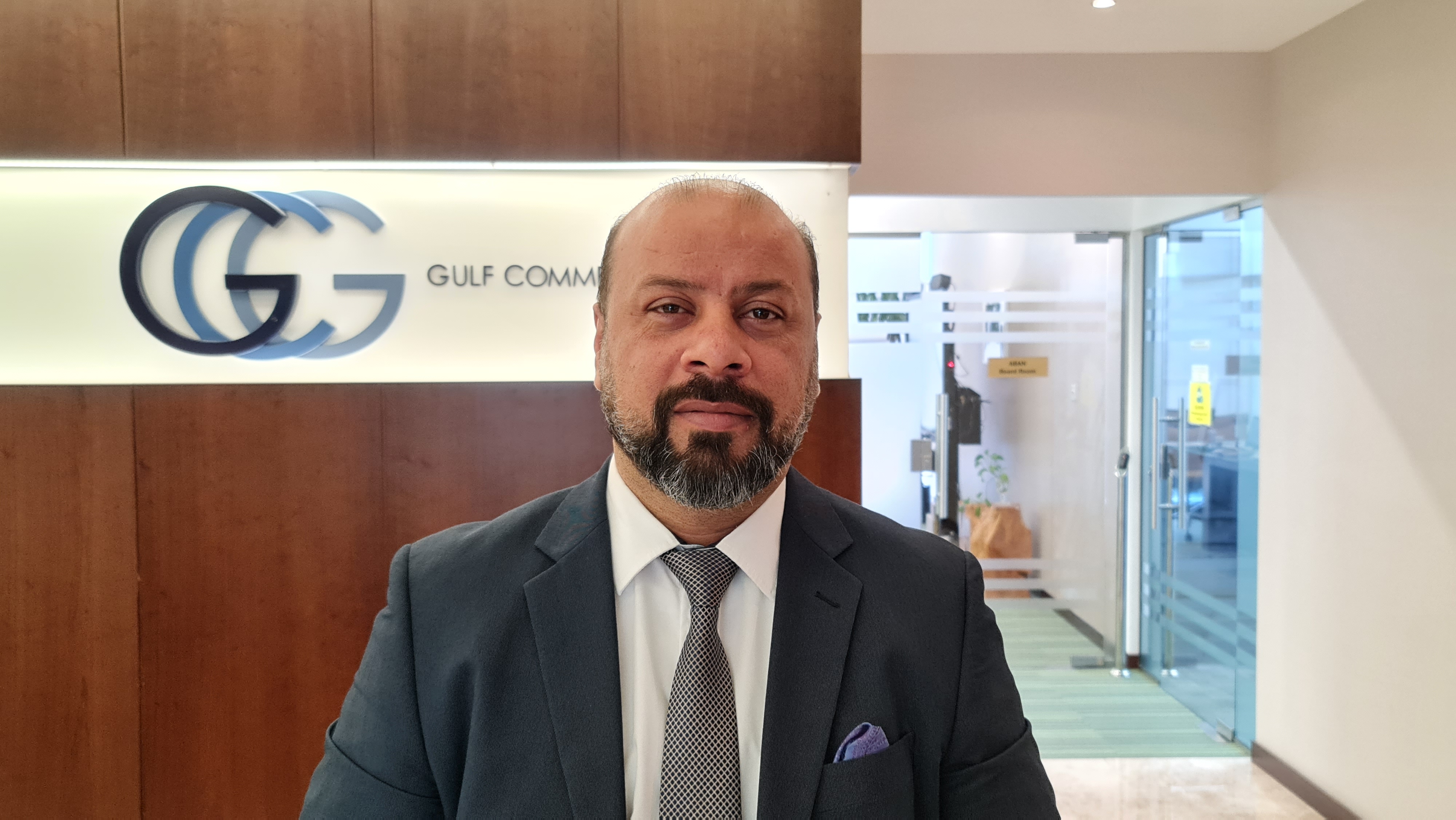
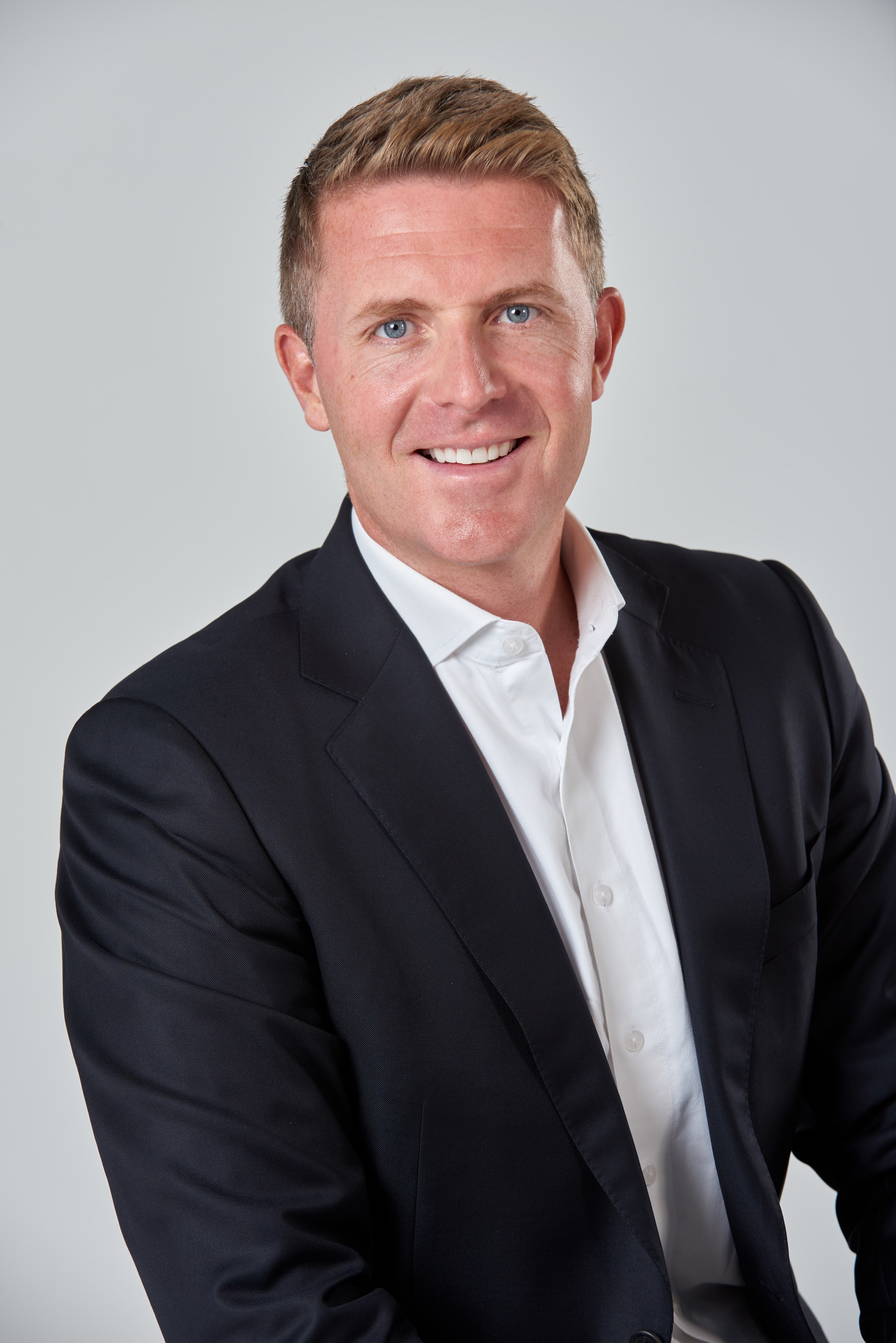
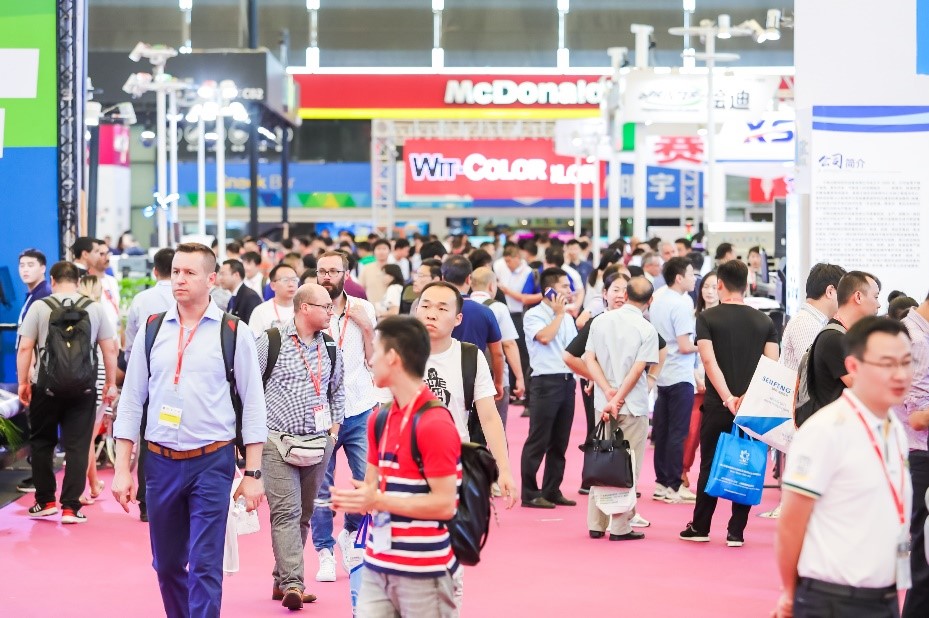
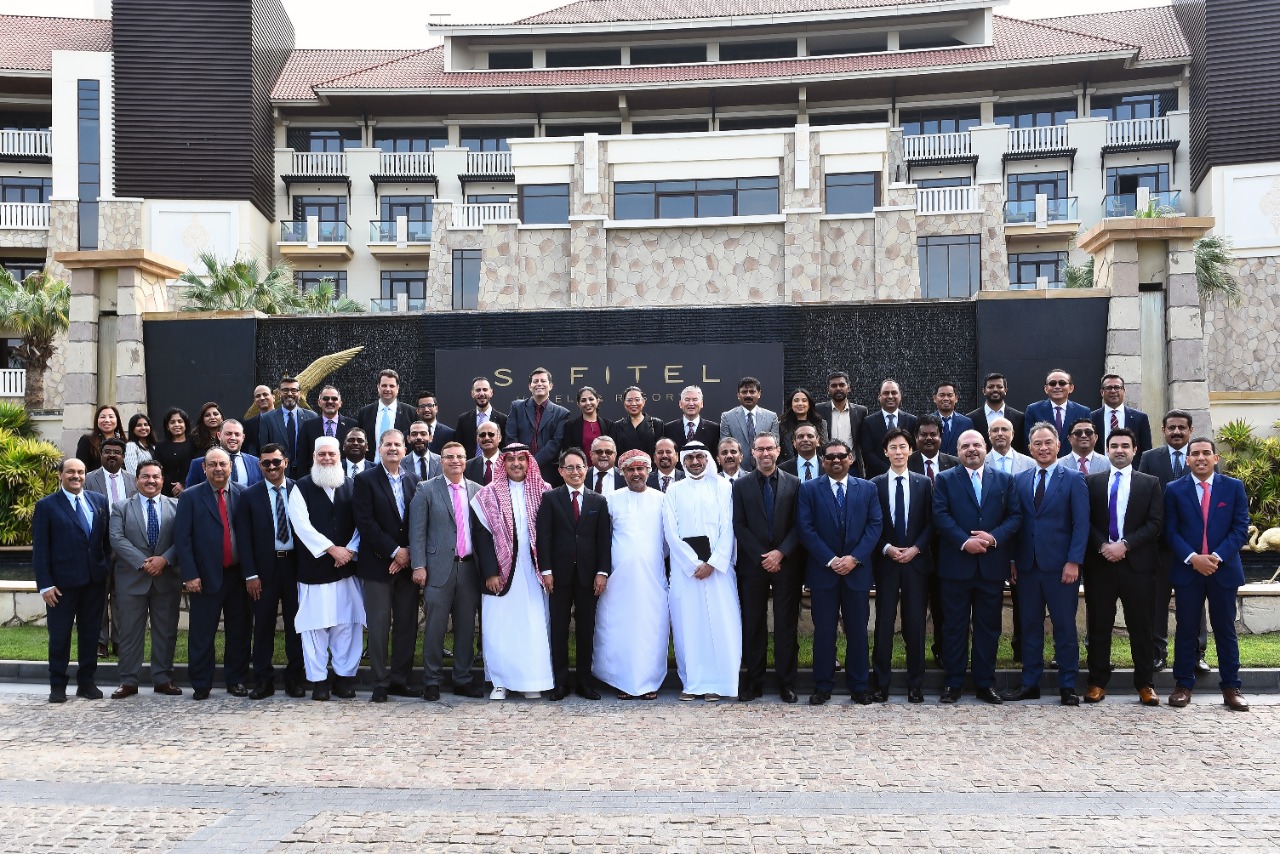
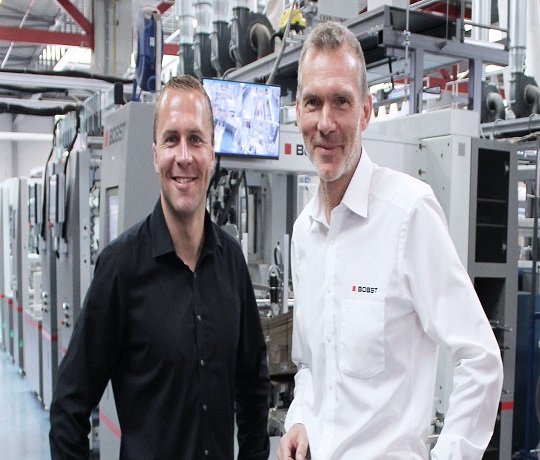
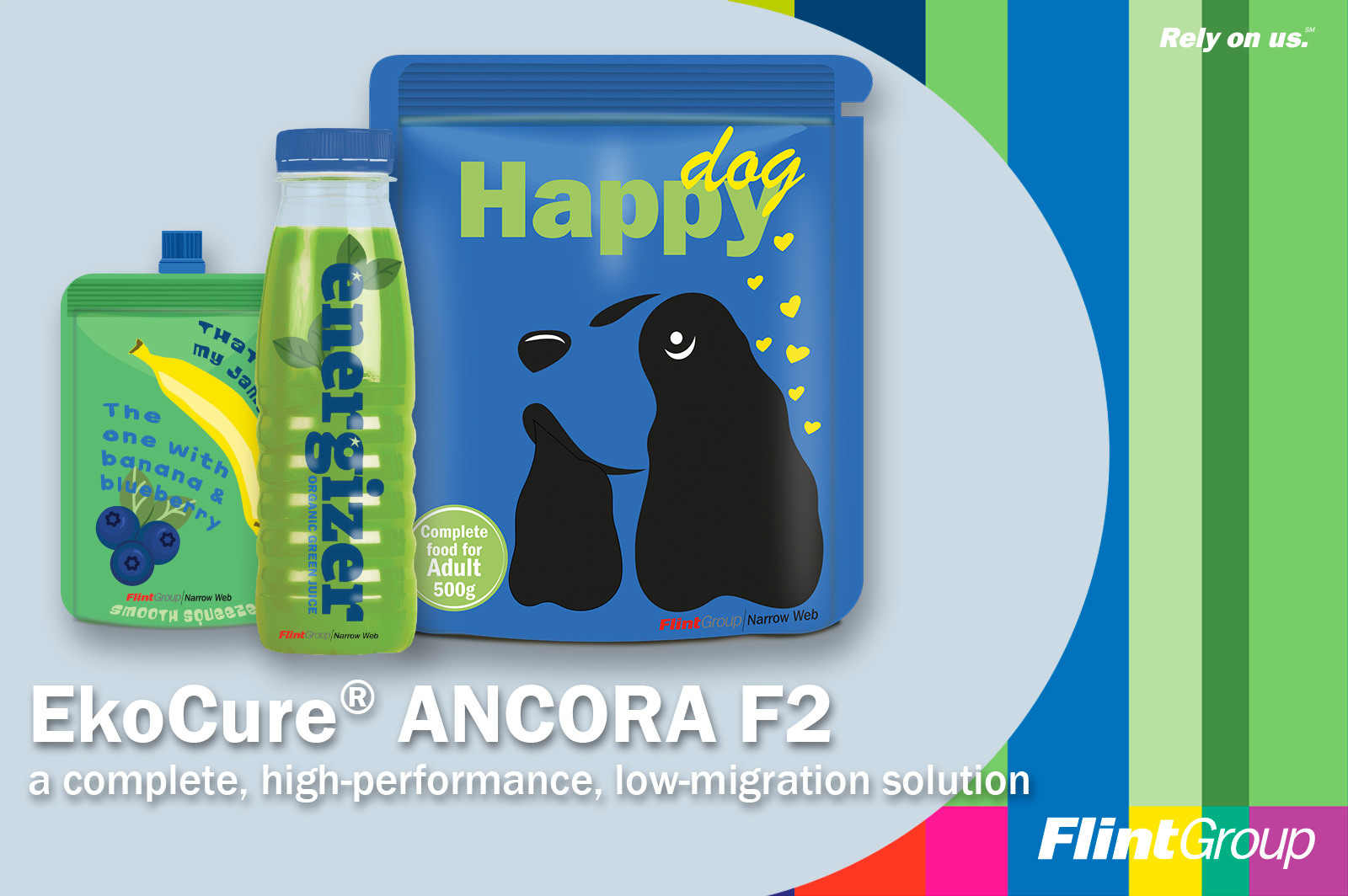
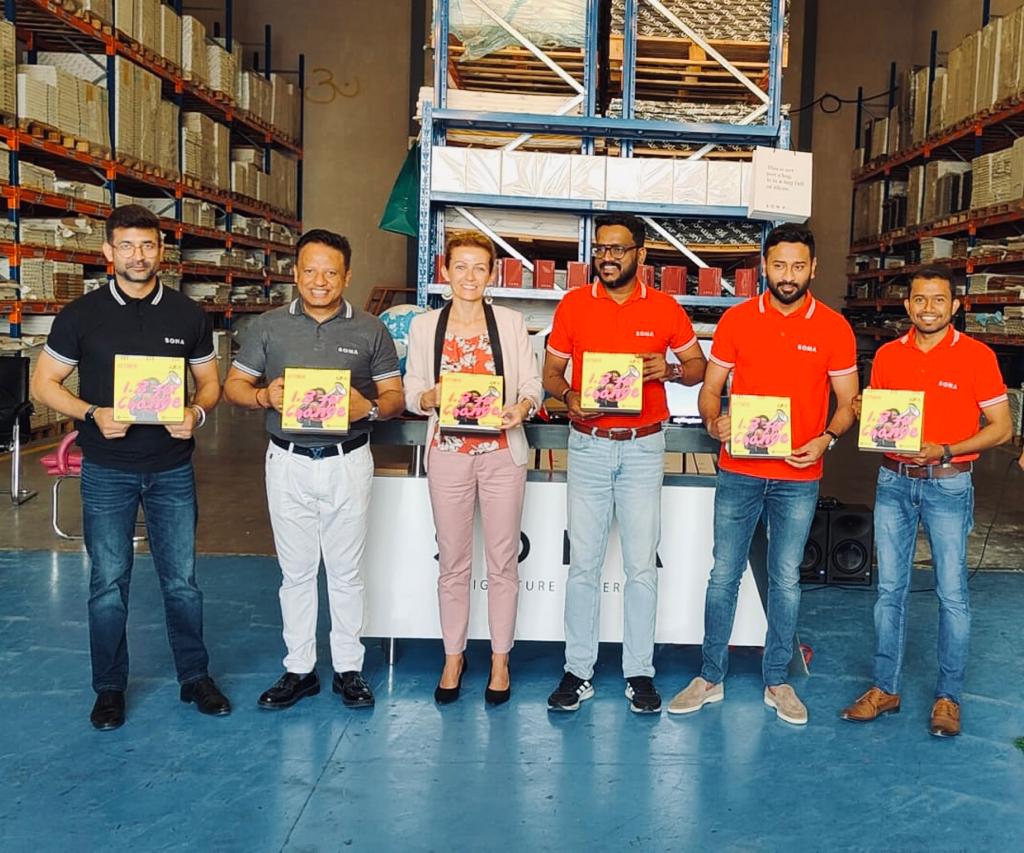
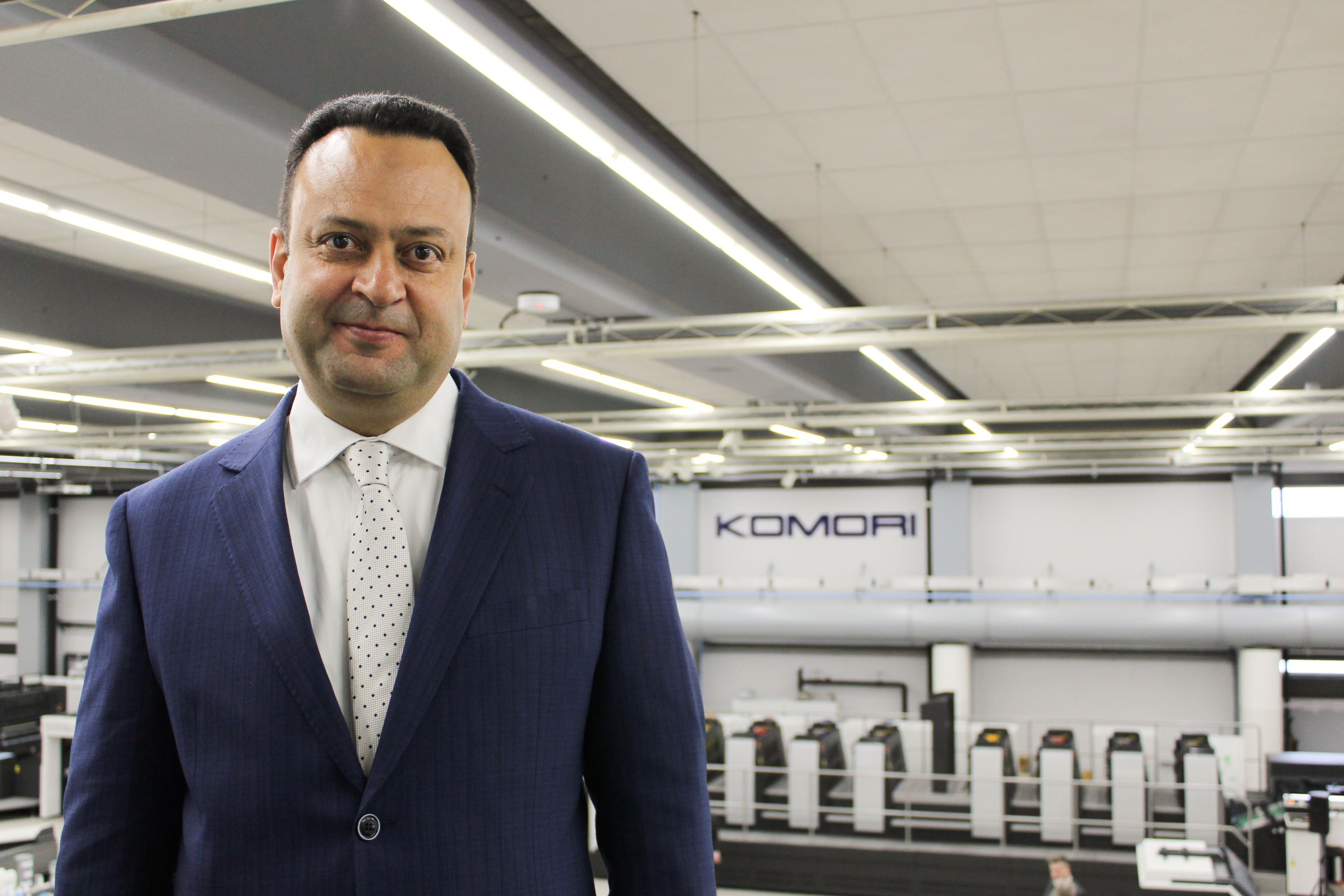
.jpeg)
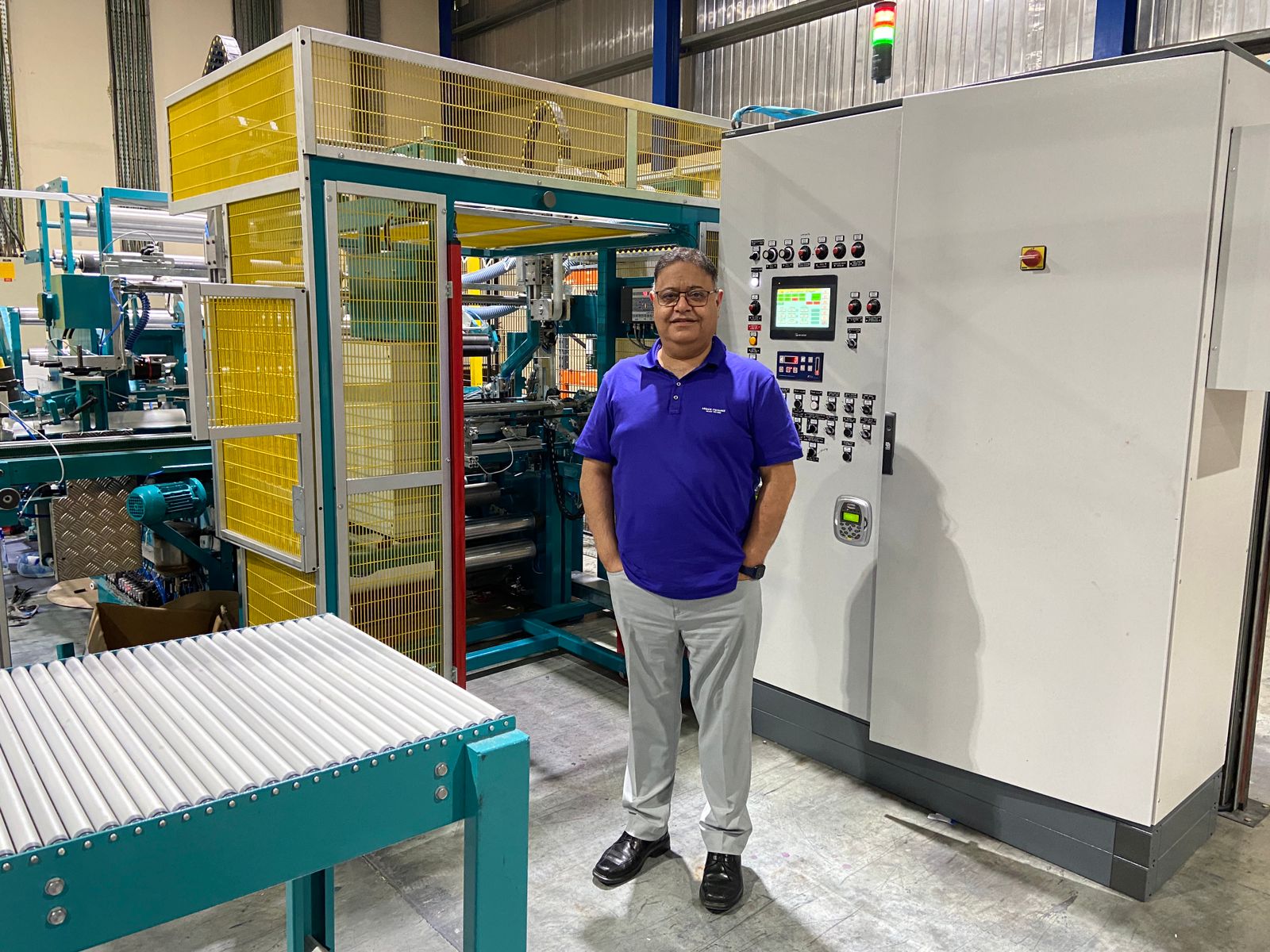
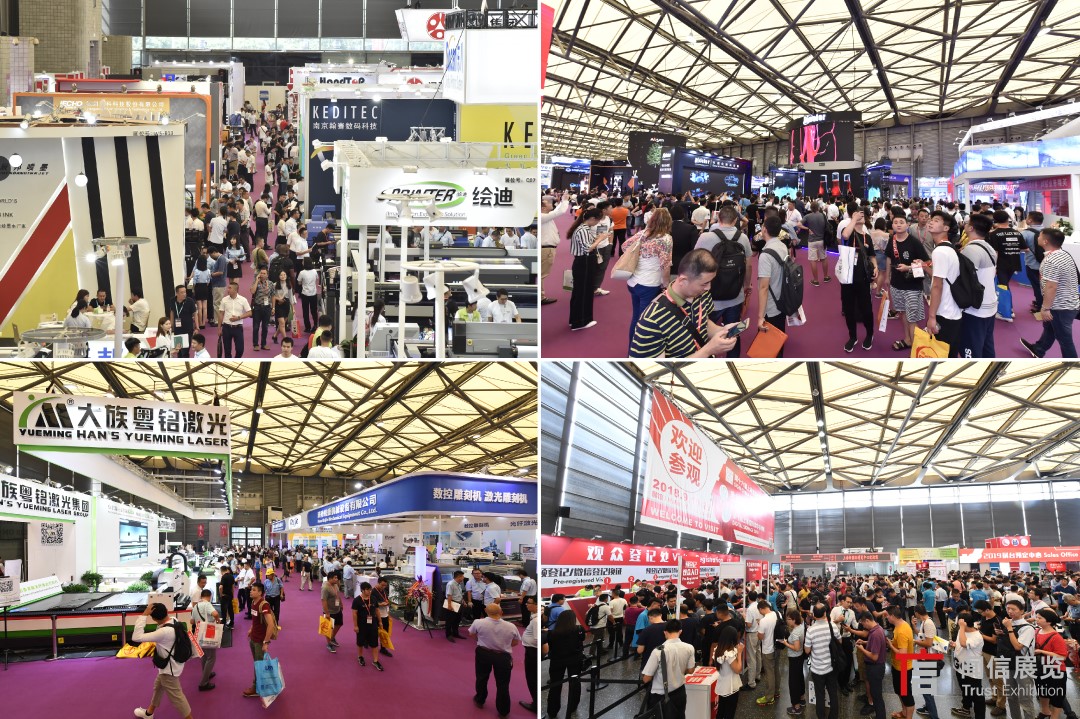
.jpg)
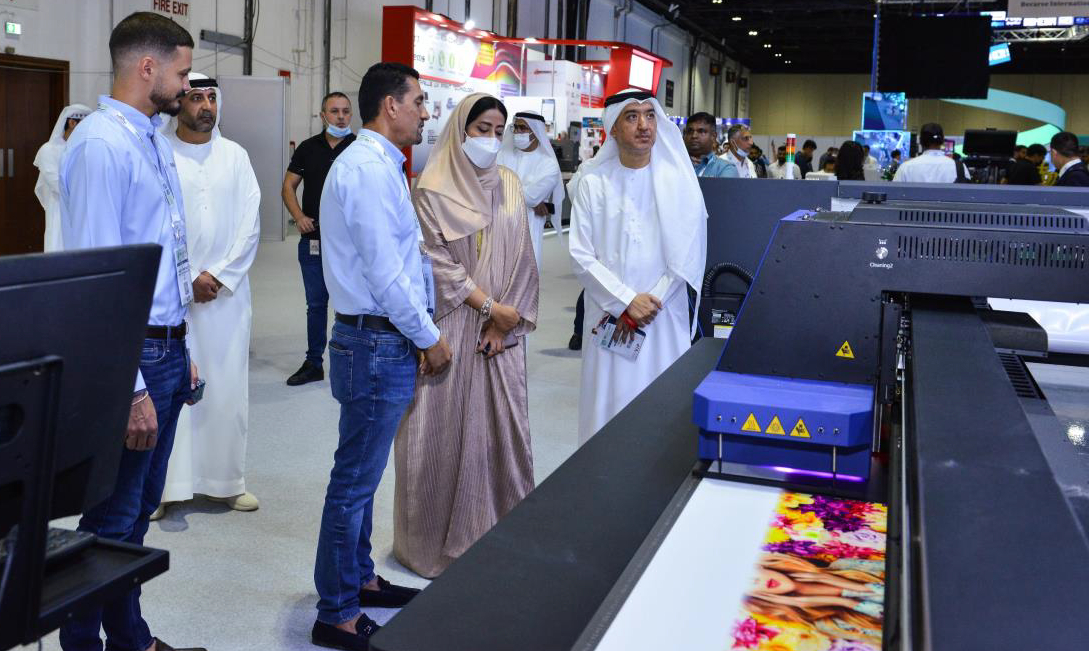
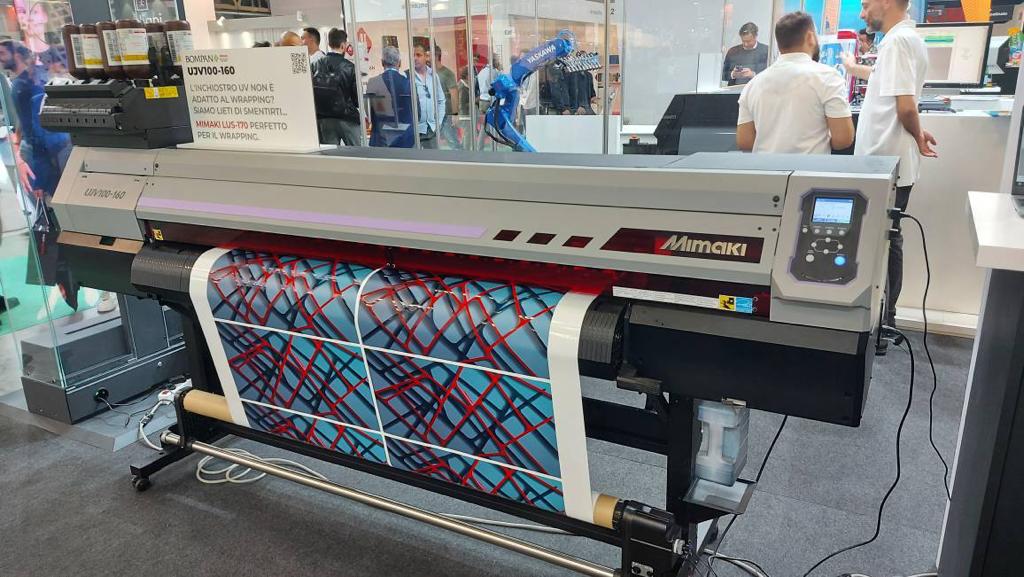
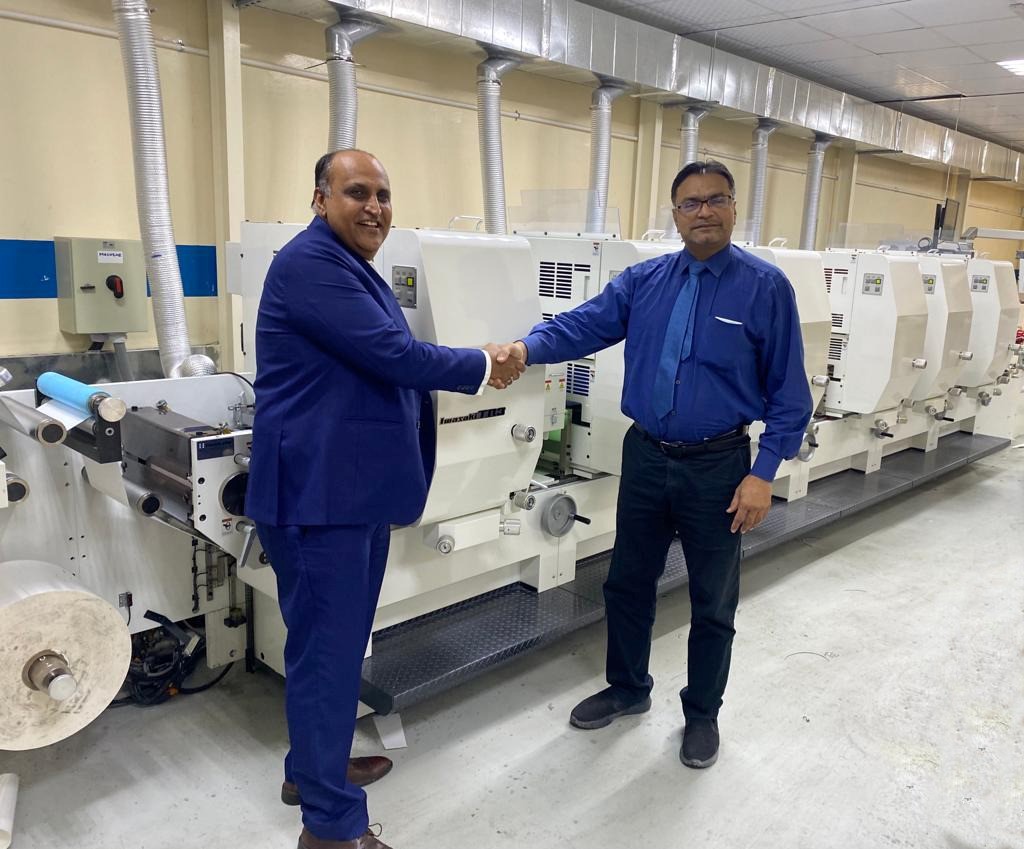
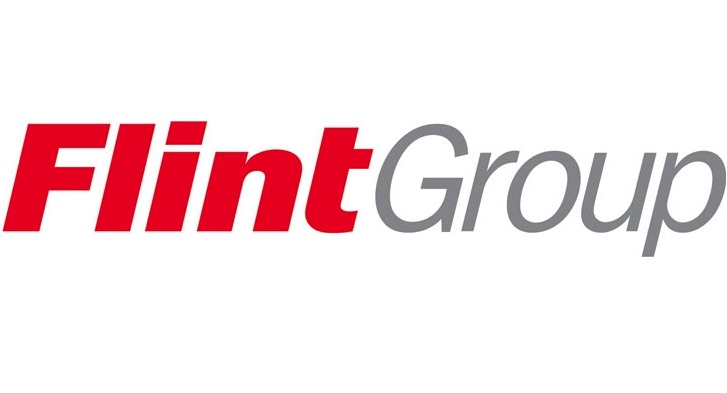
.png)
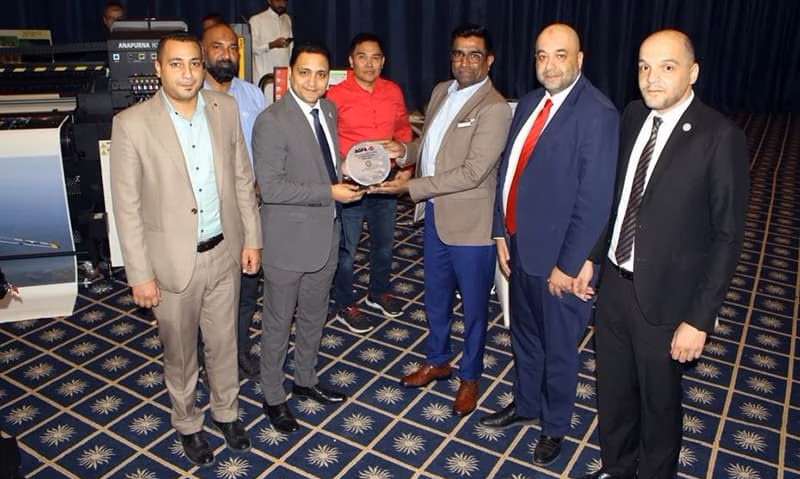
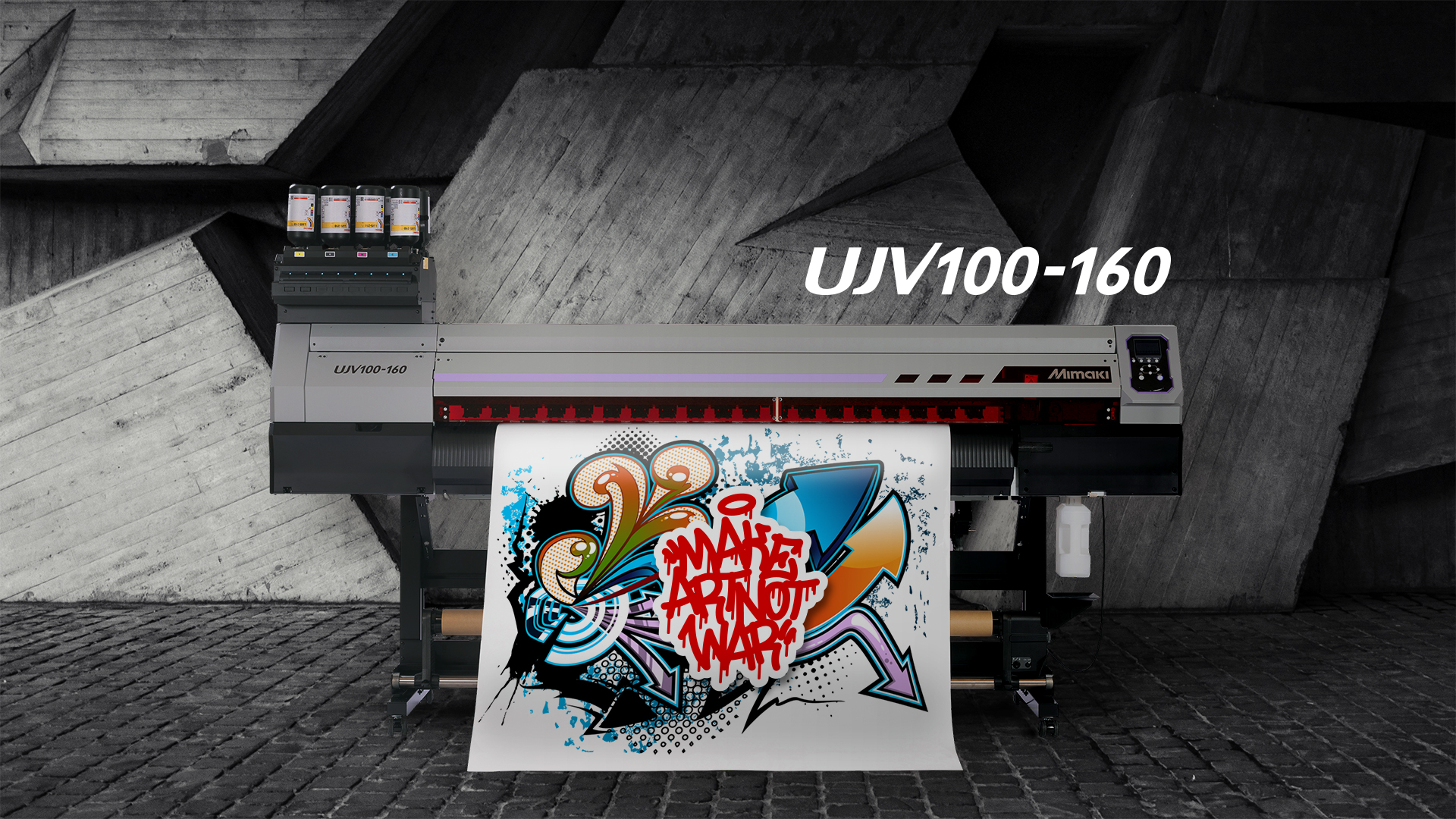
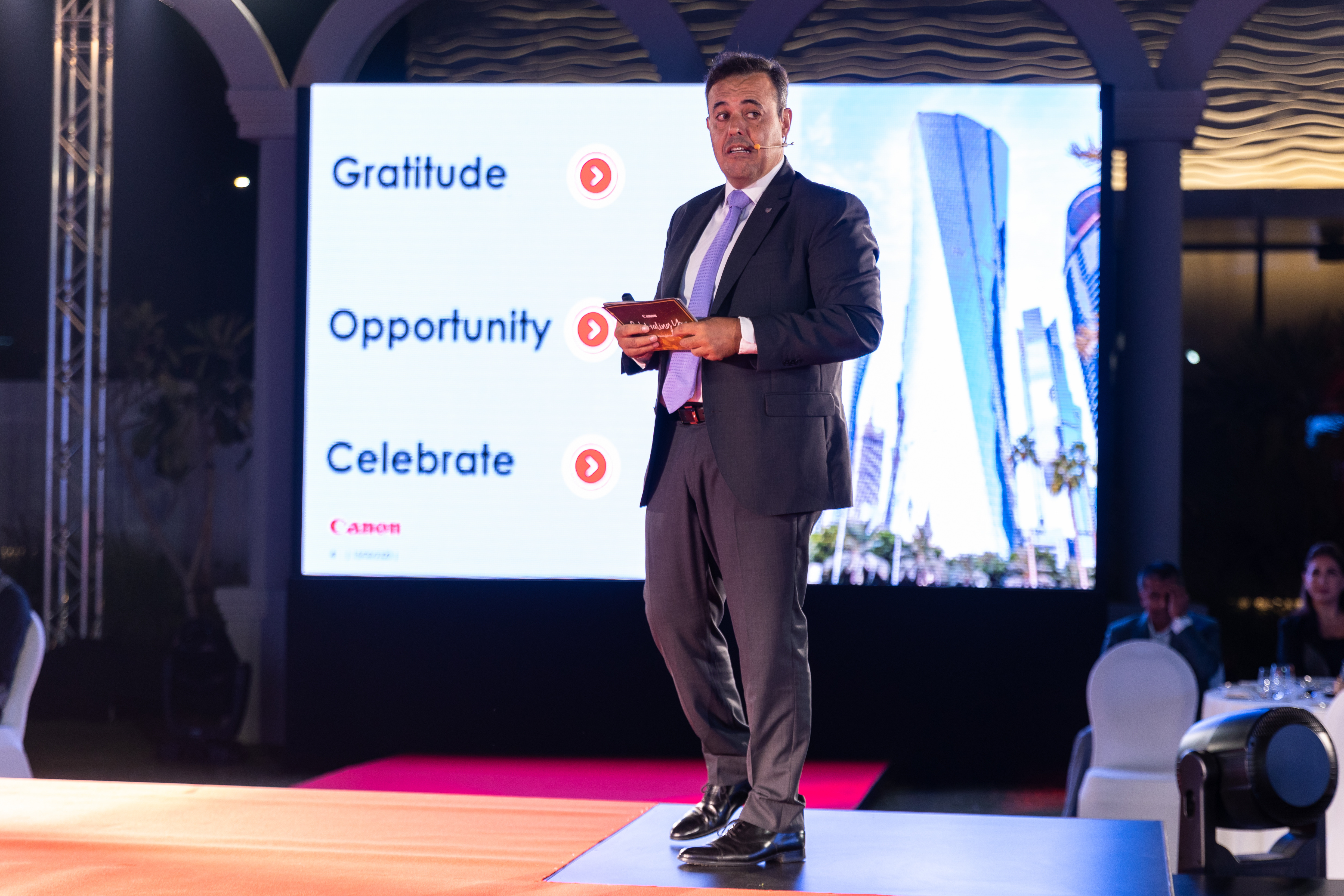
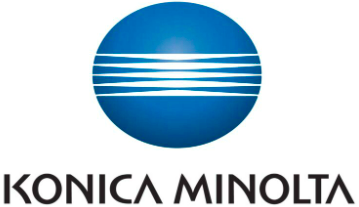
.jpg)
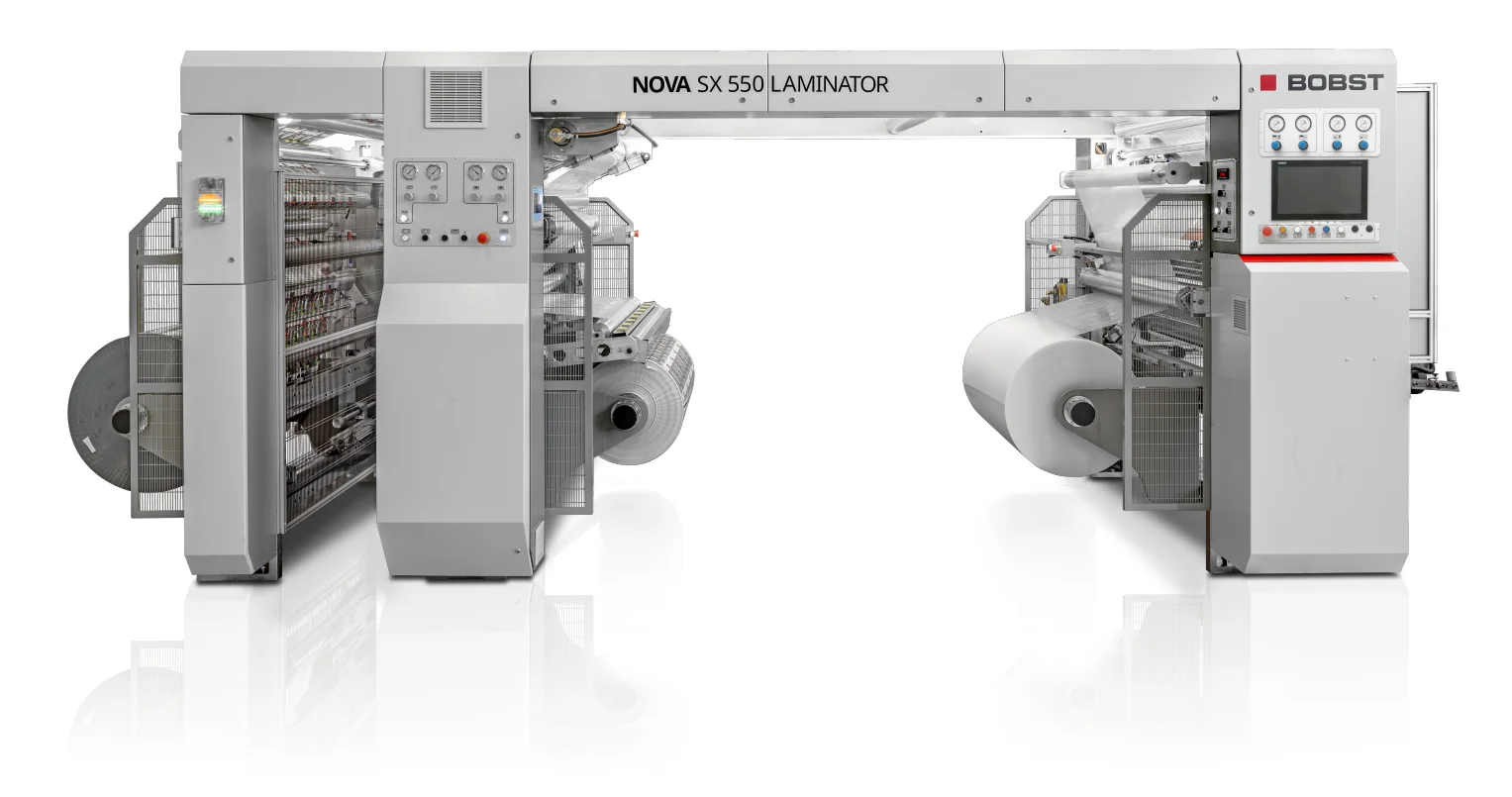
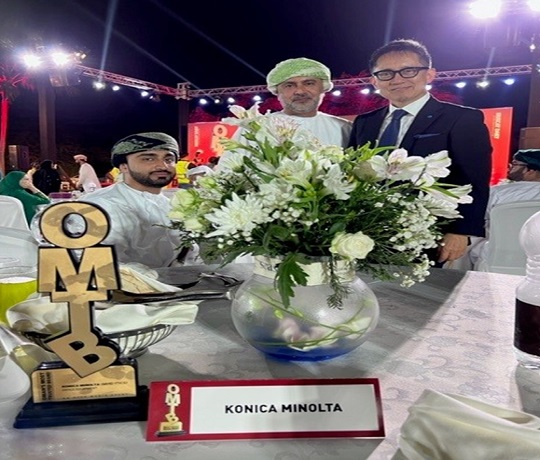
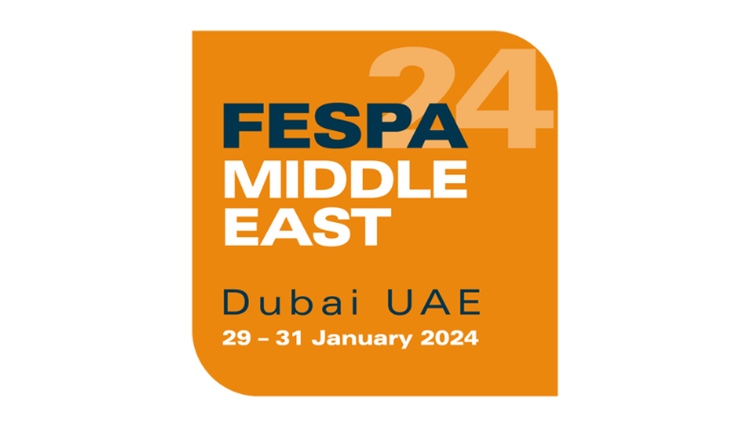
_hw13rw8.jpeg)
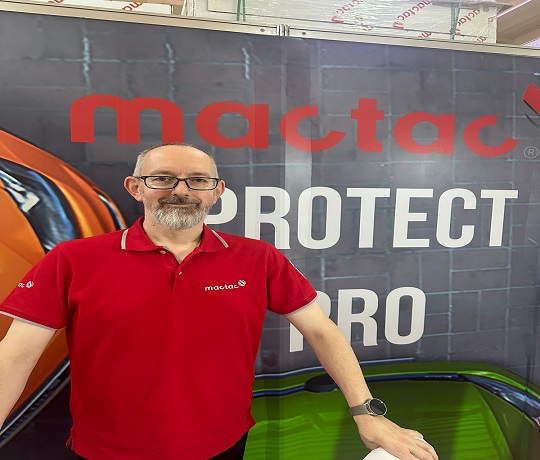



































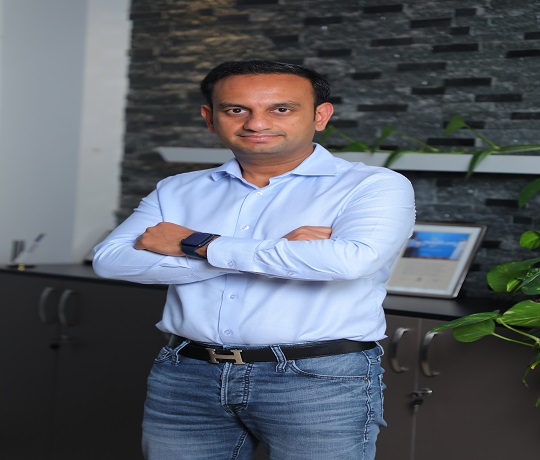





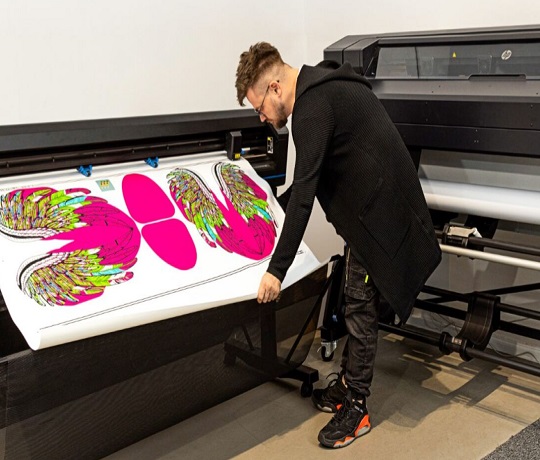












































































































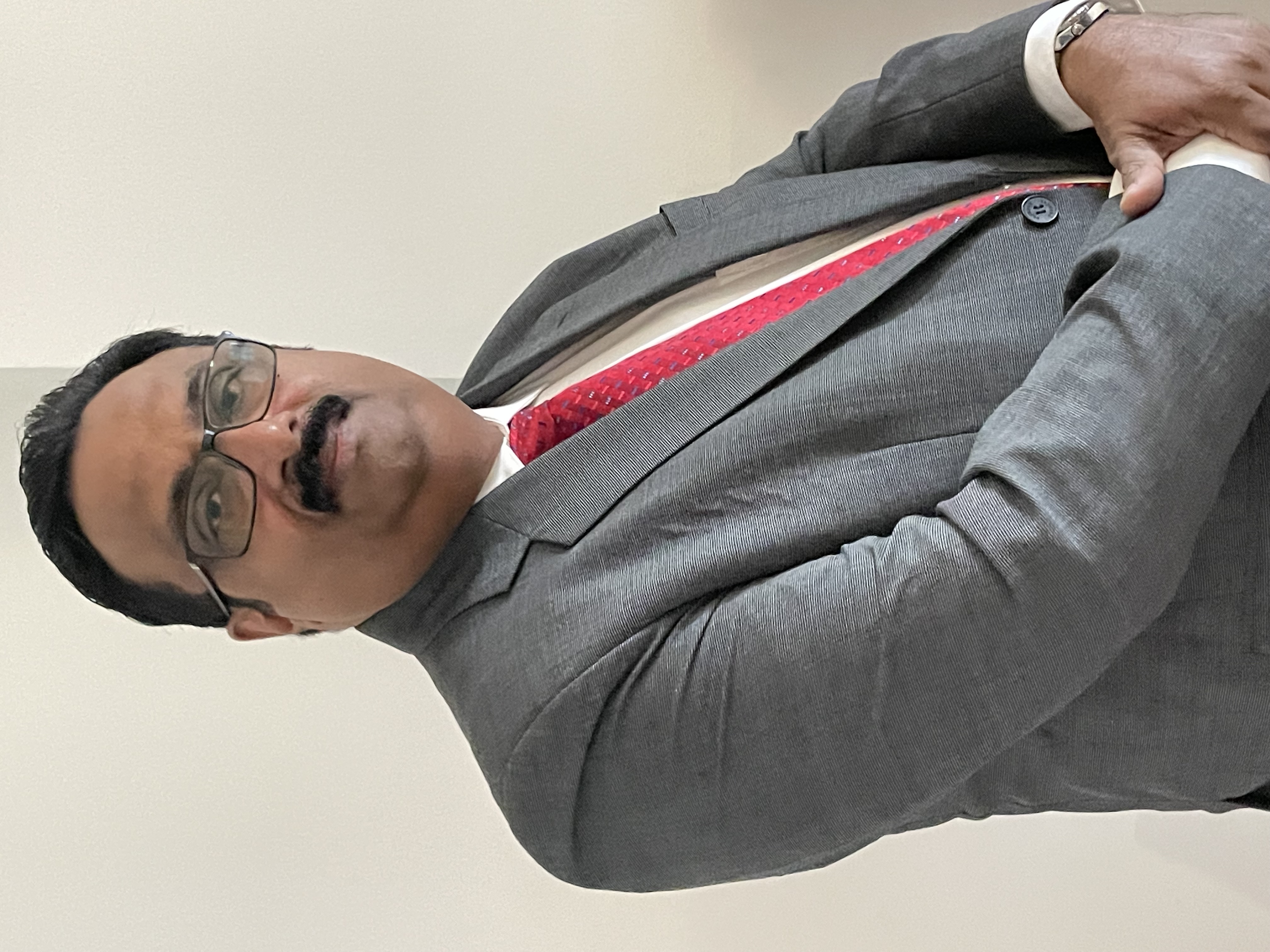














































































































































































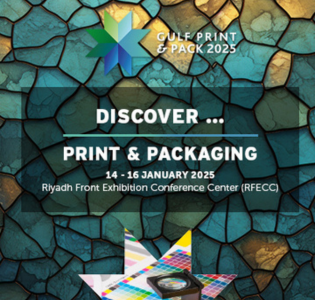
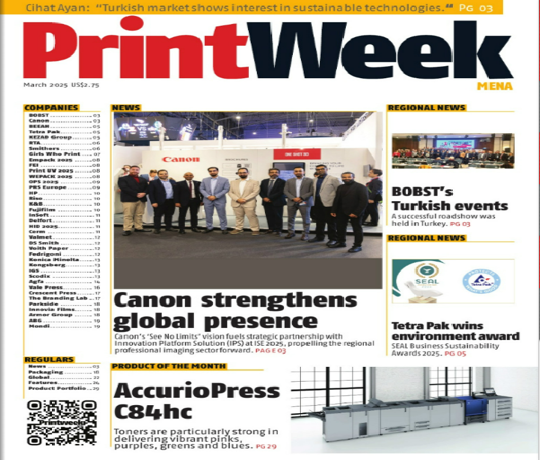
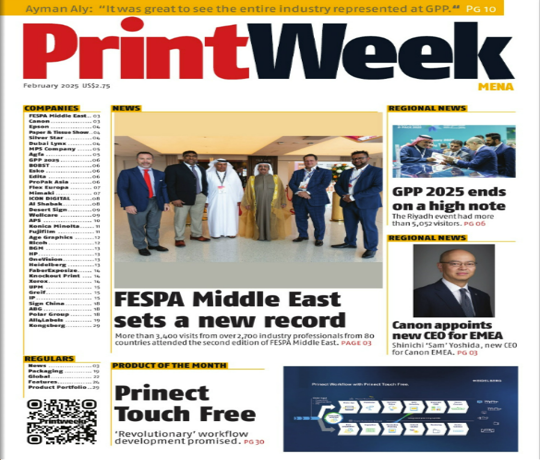
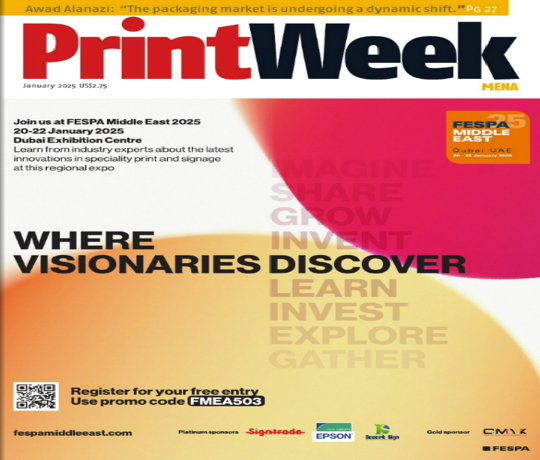
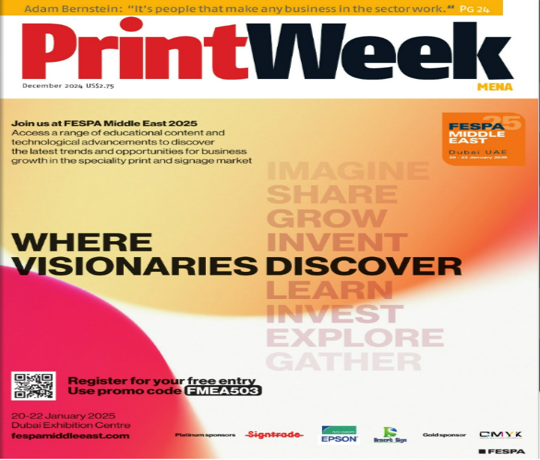
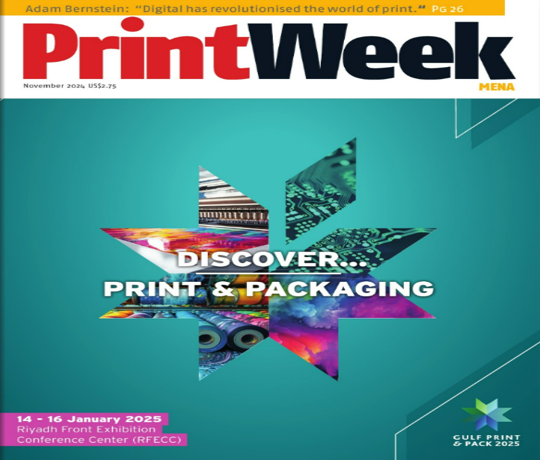
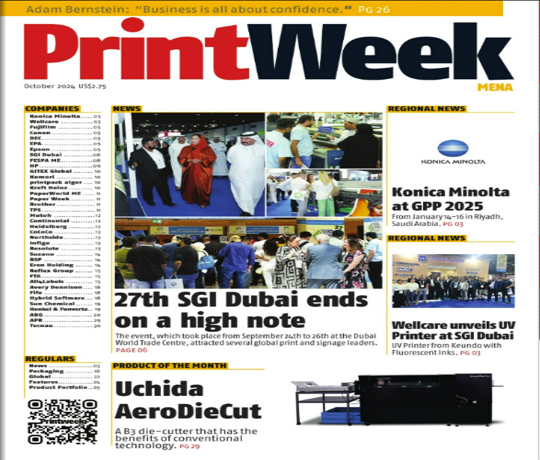
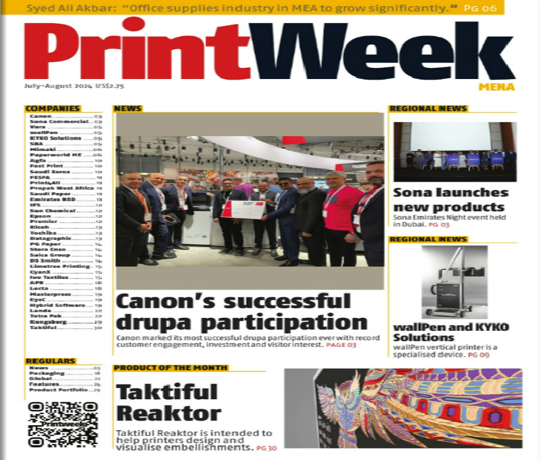
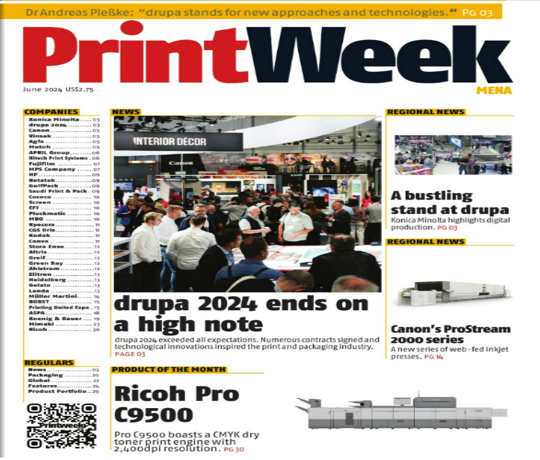
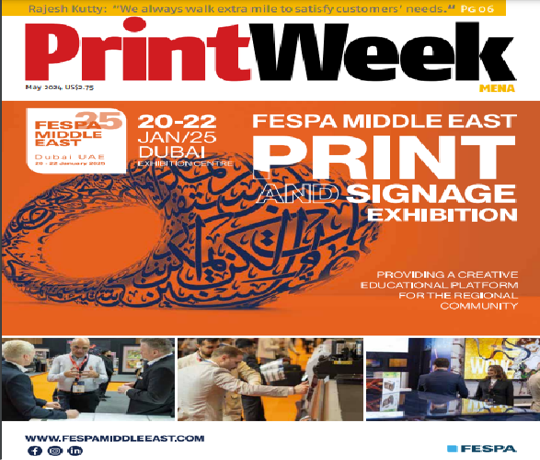
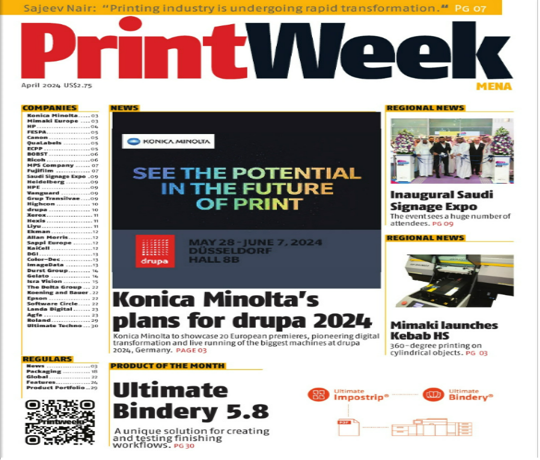
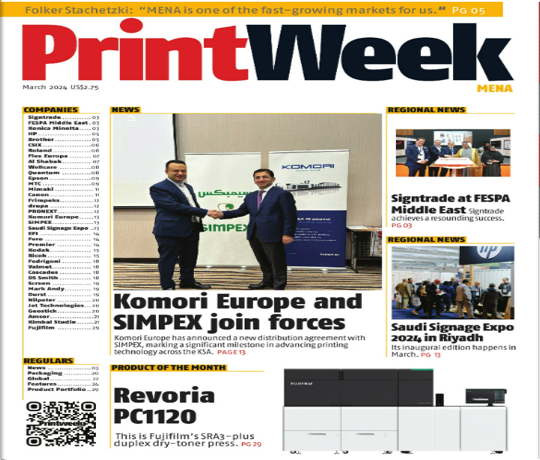
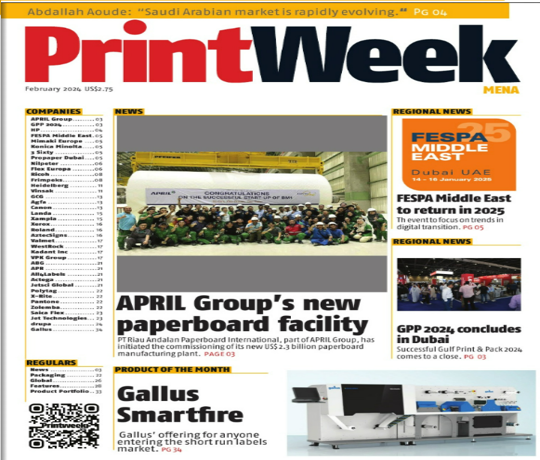
Recent Comments